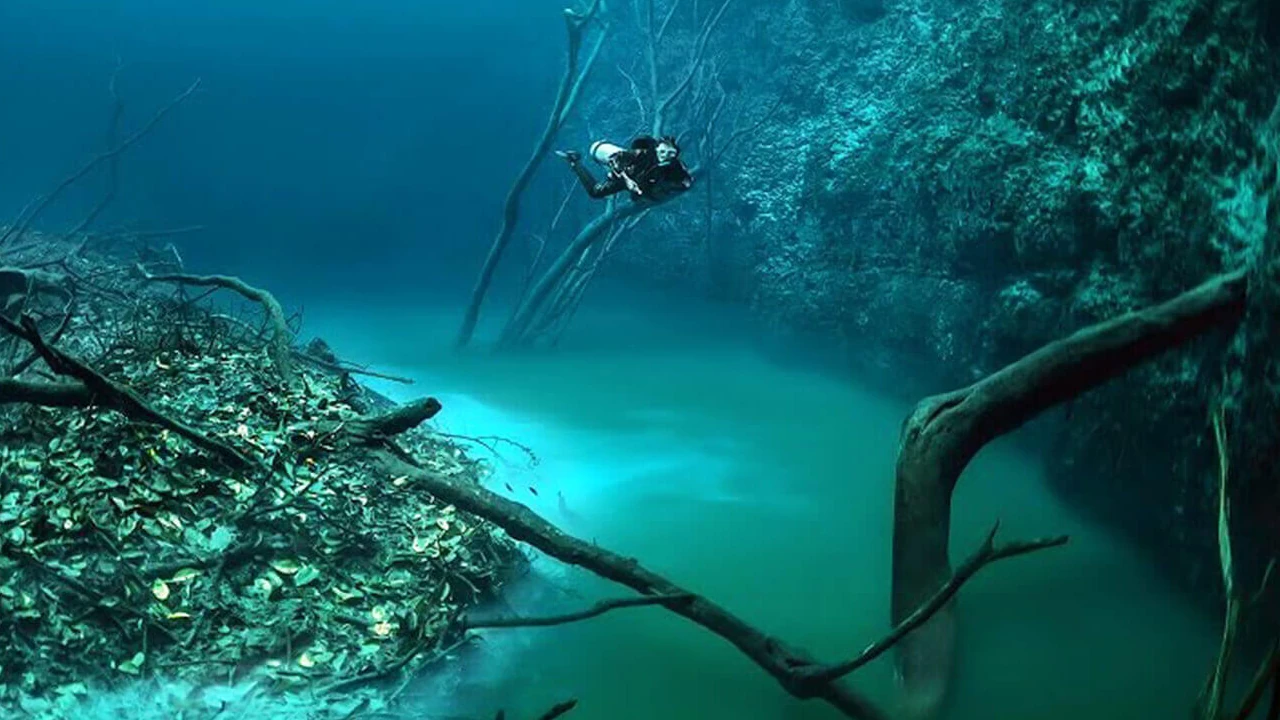Nature is capable of creating some truly wondrous and breathtaking phenomena. From volcanic lightning to arctic frost flower fields, there are certain natural wonders that have to be seen to be believed. We've compiled a list of 30 really weird natural phenomena that if at all possible, you simply have to personally experience at least once in your lifetime.
Whether you are an adventurer seeking new experiences or a science enthusiast fascinated by the mysteries of the world, these wonders will leave you in awe and inspire you to keep exploring and learning new things even in adult age. Join us as we journey across the globe to witness the magic of the natural world and delve into the science behind the beauty.
Spherical boulders, Moeraki, New Zealand
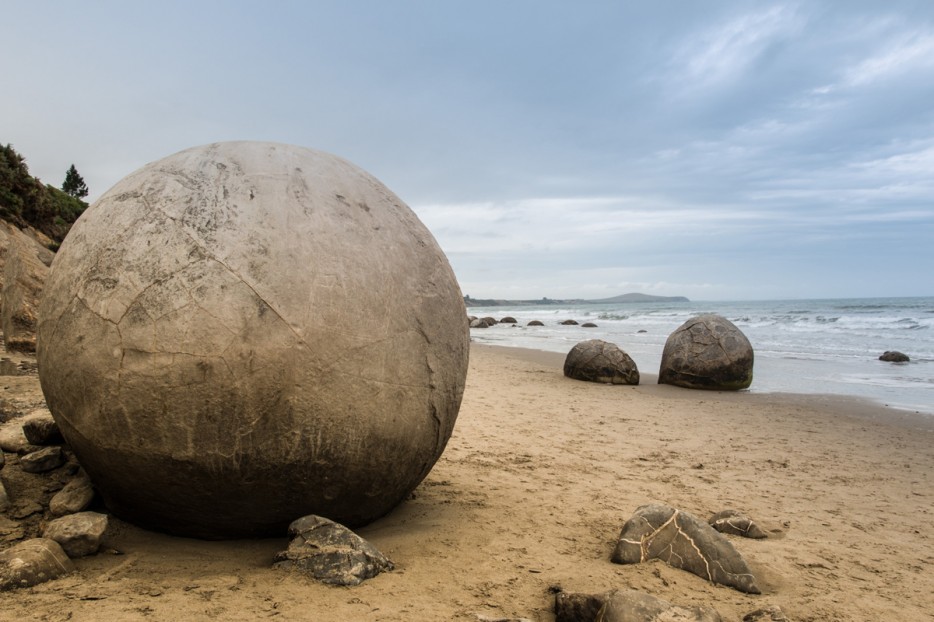
New Zealand is known for its stunning landscapes, and the Moeraki Boulders are no exception. These huge spherical boulders can be found at Koekohe Beach, and are believed to have formed over 60 million years ago. The boulders were created under the sea floor when sediment, such as sand, hardened into stone. Coastal erosion eventually exposed the balls, which range in size from 0.5 to 2.2 meters in diameter. Visitors can see them scattered along the beach, some still embedded in the cliffs, while others sit on the sand. It's a unique and interesting sight
Hverir, Iceland
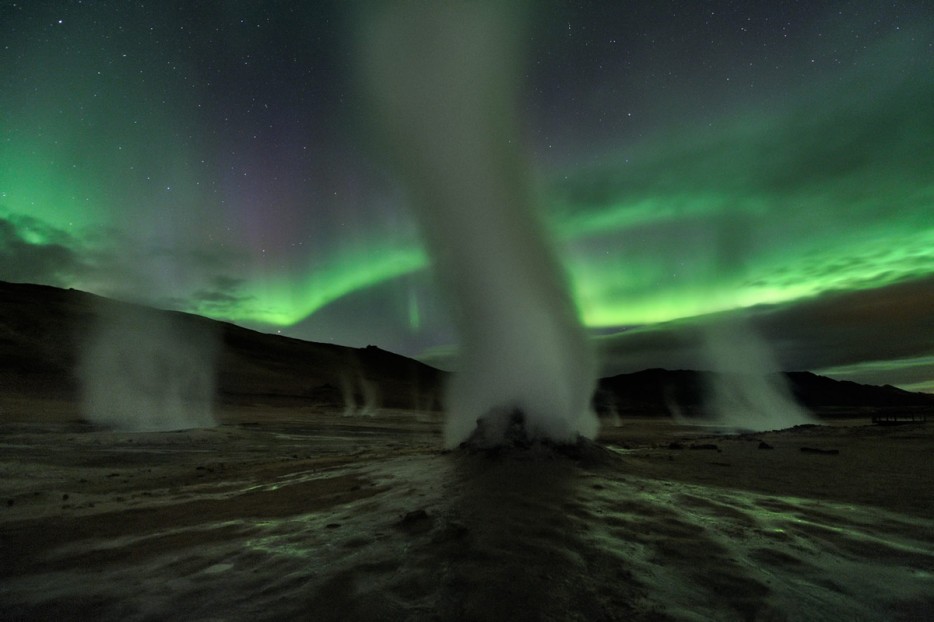
Located in the northeastern part of Iceland, Hverir is a geothermal area that is situated close to the famous Lake Myvatn. The name 'Hverir' literally means 'hot springs' in Icelandic, which is a fitting name for a place that is filled with boiling mud pots, fumaroles, and steam vents.
The landscape of Hverir is otherworldly, with bubbling mud pools and steaming vents that release sulfuric gases. The geothermal activity in the area is caused by the nearby Krafla volcano, which is still active and has erupted several times in the past century. During the Northern Lights, this place looks like an alien world.
Sky punch
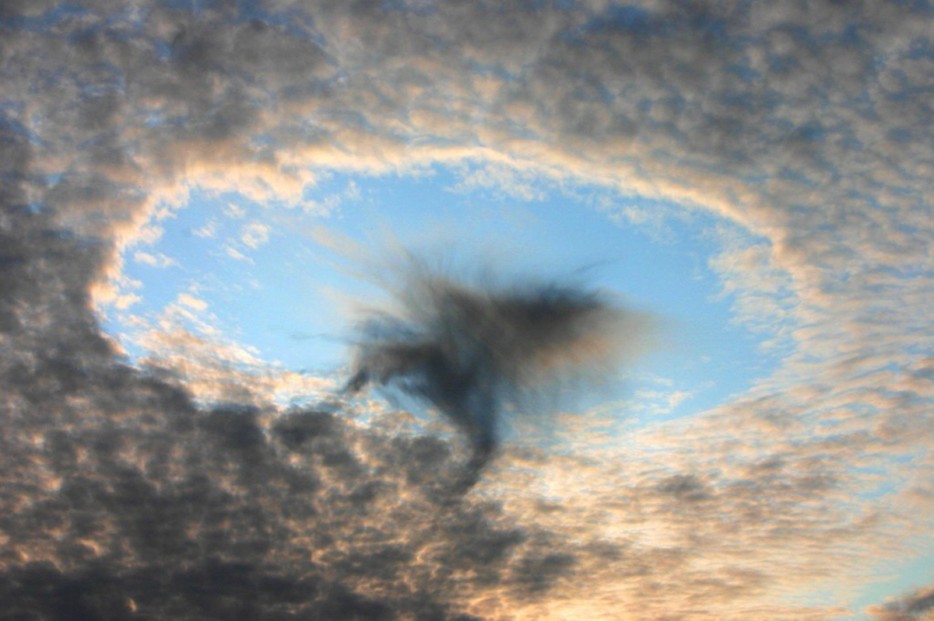
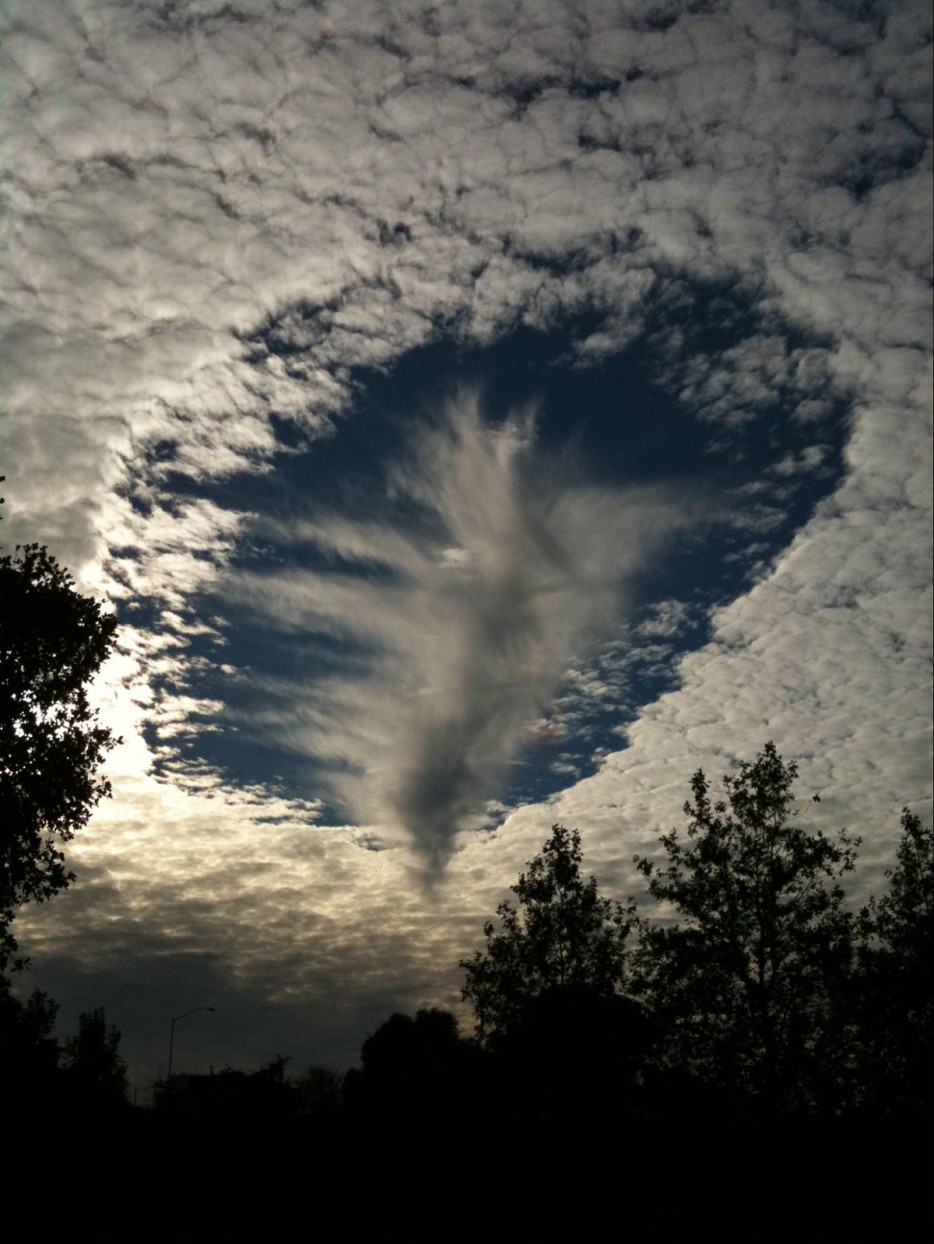
Sky punches are large gaps that appear in clouds. These occur when ice crystals in the cloud begin to evaporate. As the ice crystals disappear, the water droplets in the cloud freeze and fall to the ground, leaving a hole or gap in the cloud layer. Sky punches are also known as hole punch clouds, fallstreak holes, or canal clouds.
Sky punches can range in size from a few meters to several kilometers and can appear in various shapes, including round, oval, and oblong. The size and shape of a sky punch depend on several factors, such as the temperature and humidity of the air and the size and distribution of the ice crystals.
Sky punches are relatively rare and usually occur in cirrocumulus or altocumulus clouds. They are often mistaken for UFOs or other unusual phenomena, but they are entirely natural and harmless. Sky punches can create stunning and unusual sky scenes, especially when the sun shines through them, creating a colorful halo effect.
The Black Sun
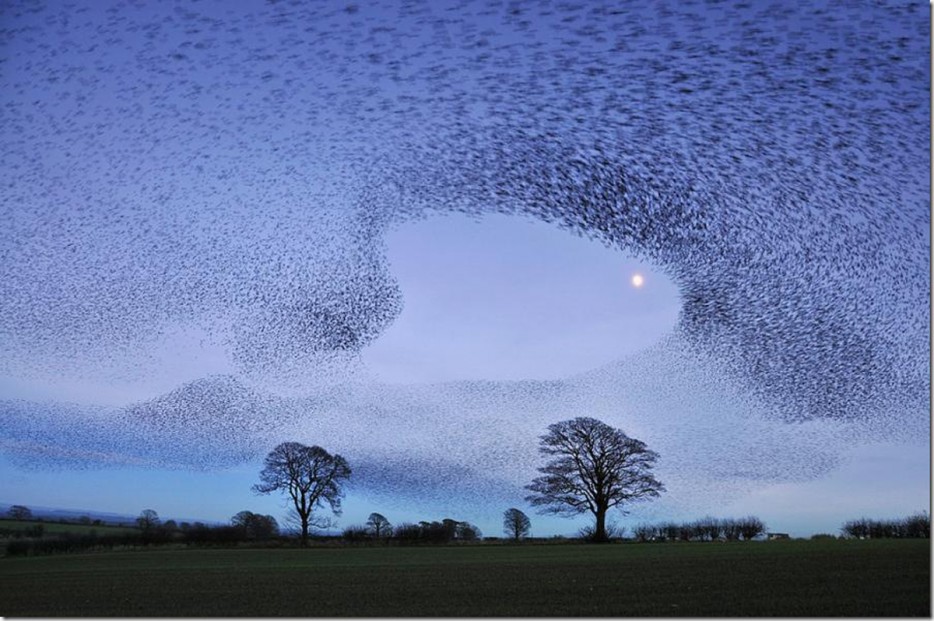
During spring in Denmark, flocks of more than a million European starlings gather into a single group to form amazing shapes in the sky. The bird's communication and coordination allows the flock to move as a massive tightly packed unit, performing incredible aerial acrobatics. This phenomenon is known as the "Black Sun."
The name "Black Sun" comes from the fact that when the starlings fly close together, they form a dark shape that looks like a black disc. The black disc seems to be pulsating, and as the birds move, the disc shape twists and turns in the sky.
The Black Sun can be observed in several locations in Denmark, including Tøndermarsken, Mols Bjerge, and the Wadden Sea National Park. The best time to see the Black Sun is during the spring and autumn, when the starlings migrate to and from their wintering grounds.
The Black Sun has been a source of inspiration for artists, writers, and filmmakers. It has also fascinated scientists, who have studied the flock's behavior and communication to better understand collective intelligence and decision-making.
Columnar basalt
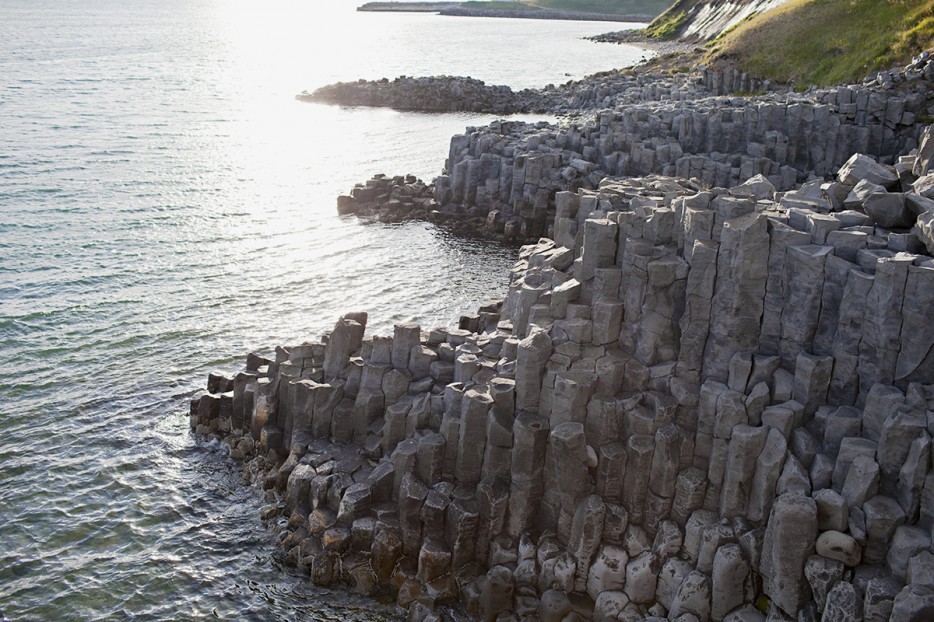
Found in various parts of the world, including Iceland, Scotland, and the United States, these towering basalt columns are truly a sight to behold. Their unique appearance is so striking that it's hard to believe they're not man-made sculptures.
However, the truth is that these columns are the result of an incredible natural phenomenon that occurred millions of years ago. When lava cools, it contracts and cracks, forming hexagonal shapes. This process is known as columnar jointing, and it can result in the creation of massive columns that can reach up to 30 meters in height. The result is a stunning visual display that is both otherworldly and mesmerizing.
Visitors to locations such as the Giant's Causeway in Northern Ireland or Devil's Tower in Wyoming, USA can marvel at the impressive formations and learn about the science behind these unique structures.
Fire rainbows
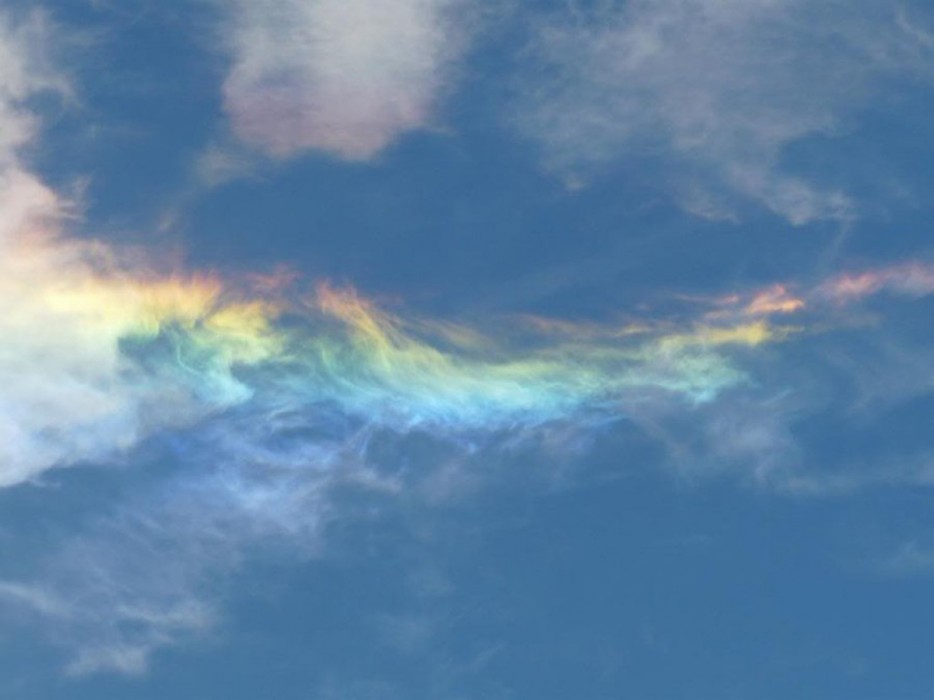
This stunning natural phenomenon, also known as a circumhorizontal arc, is caused by the refraction of sunlight through ice crystals in high-level clouds. The result is a magnificent display of shimmering colors that appear to fan out across the sky in a rainbow-like pattern.
But don't be fooled by the name: there's no actual fire involved in the creation of this stunning sight. The name "Fire Rainbow" was given to it because of the bright and fiery colors that are visible in the display. The colors of a Fire Rainbow are incredibly vivid, ranging from deep reds and oranges to bright blues and greens. These colors are caused by the refraction of sunlight as it passes through ice crystals at a very specific angle.
The almost never-ending wave, Brazil

The Pororoca is a surfable tidal wave that travels as far as 500 miles up the Amazon River - and at times - can reach 12 feet high. The longest wave in the world forms only twice a year from February to March, when the tides of the Atlantic Ocean meet the mouth of the Amazon. A Brazilian surfer set the record when he rode the wave for 37 minutes, travelling nearly 8 miles.
Pororoca is a tidal wave that defies expectations and travels hundreds of miles up the mighty Amazon River. This natural phenomenon is a surfer's paradise, offering an adrenaline-fueled adventure that is sure to leave even the most seasoned wave riders breathless.
What makes the Pororoca so special is the unique convergence of two forces: the tides of the Atlantic Ocean and the currents of the Amazon River. When these two meet, the result is a surge of water that can reach up to 12 feet high, providing a thrilling ride for those brave enough to try. This wave forms only twice a year, from February to March, making it an exclusive experience that few have had the chance to witness.
Danxia landforms
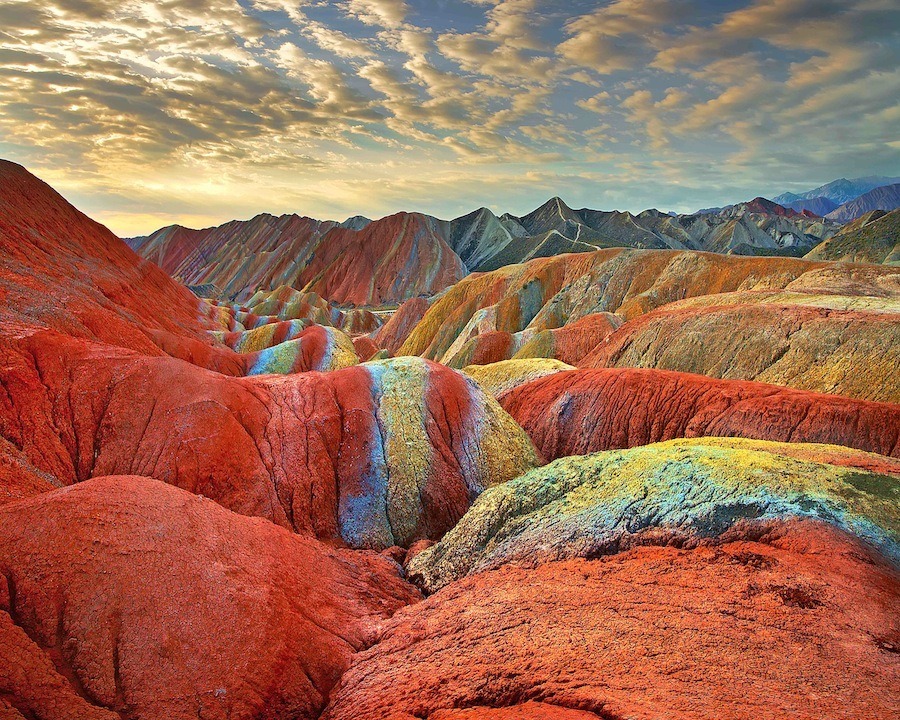
As you journey through the Danxia Landforms, you'll feel as though you've stepped into a painting. These colorful rock formations are the result of red sandstone and mineral deposits laid down over millions of years. Wind and rain then carved amazing shapes into the rock, forming natural pillars, towers, ravines, valleys, and waterfalls. This extraordinary natural phenomenon is known as Danxia Landforms.
Located in the Guangdong Province of China, these majestic geological formations create a landscape that is both awe-inspiring and mystifying. As the sunlight changes throughout the day, the rocks appear to change colour, ranging from deep oranges and reds to soft pinks and blues. The rich colours and unique shapes make it easy to see why the Danxia Landforms have been nicknamed the "Rainbow Mountains."
But it's not just the colours that make this natural wonder so remarkable. The formation of these landforms dates back to the Cretaceous period, approximately 100 million years ago. The process began with layers of sandstone, siltstone, and mudstone being deposited in the area. Over time, the earth's crust shifted and pushed these layers upwards, while the wind and rain slowly eroded away the softer layers, leaving behind the hard, colourful sandstone formations that we see today.
The Monarch Butterfly migration
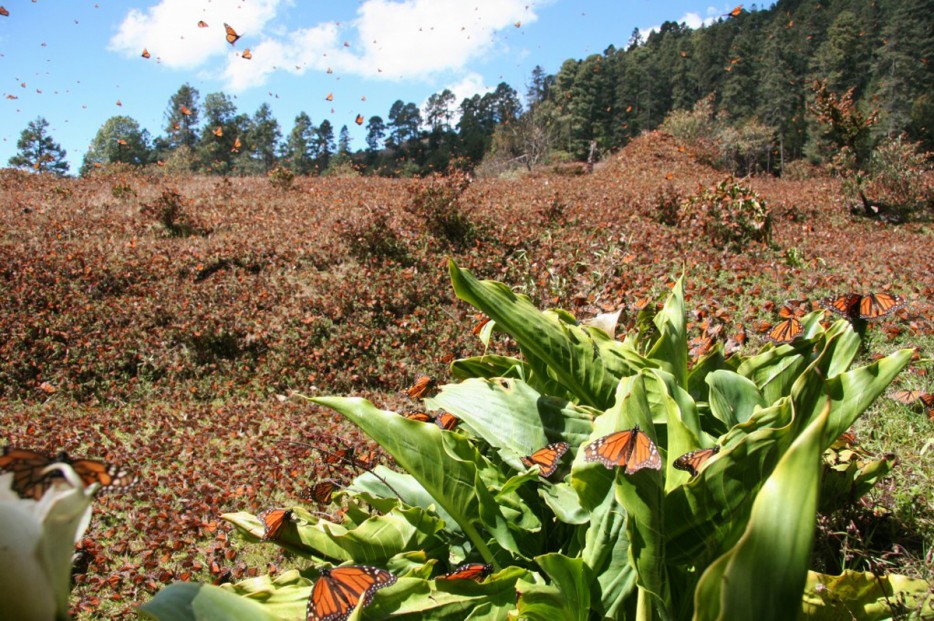
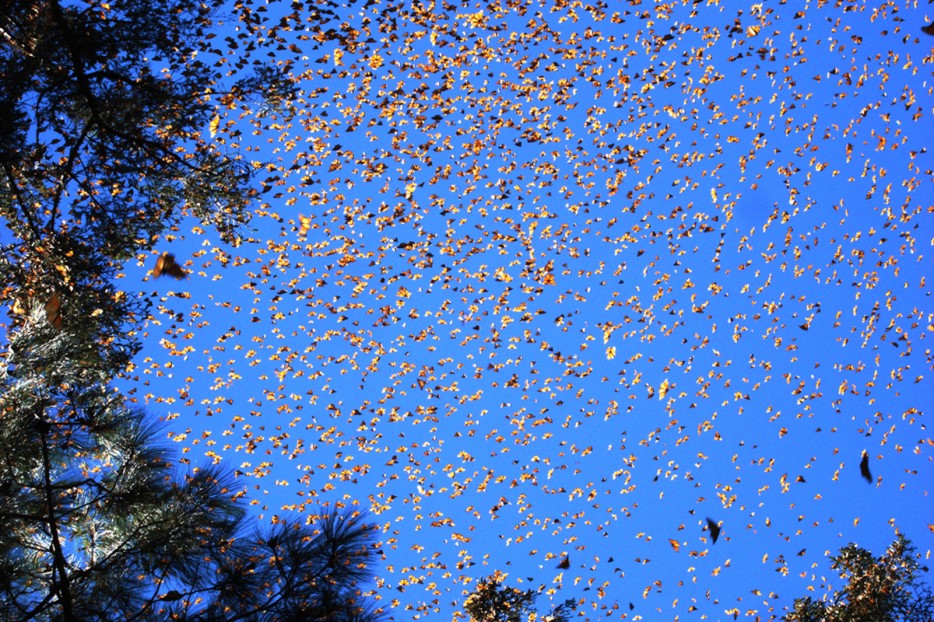
Every year, millions of Monarch butterflies embark on an awe-inspiring journey that captivates travelers and nature enthusiasts alike. This natural phenomenon, known as the Monarch Butterfly Migration, is one of the most extraordinary displays of animal behavior in the world. From their breeding grounds in the United States and Canada, these winged creatures journey to the temperate forests of Mexico, covering a distance of over 4,000 kilometers. The sight of these magnificent creatures in flight is a true spectacle to behold, as they fly in flocks so large they can be seen from space.
Nacreous clouds
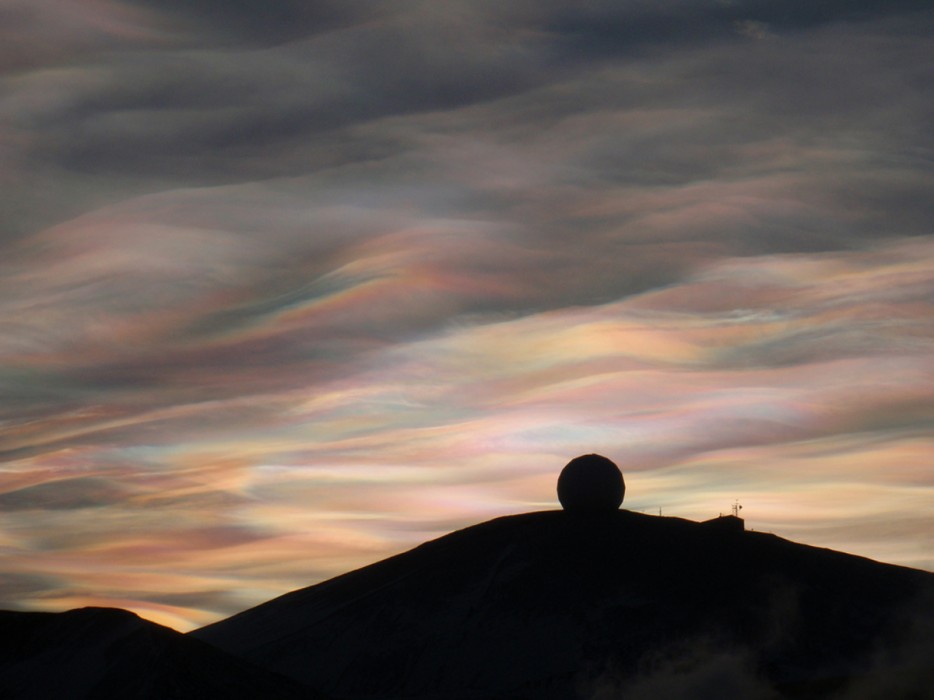
Nature has a way of painting the sky with wondrous hues, and nacreous clouds are a sight to behold for those lucky enough to witness them. It's a phenomenon that can only be observed during the winter months, and only in the Arctic and Antarctic regions where the air is exceptionally cold and moist.
What sets nacreous clouds apart from other cloud formations is their unique iridescence, a result of the sun's rays refracting off the ice crystals in the clouds. The thin, delicate clouds appear to shimmer with an array of colors, with the colors getting more intense closer to the sun. Nacreous clouds form in the stratosphere at altitudes of around 15 to 25 kilometers and are an extremely rare sight. This natural wonder is not only a treat for the eyes but also a sign of ozone depletion in the stratosphere.
The sardine run, South Africa
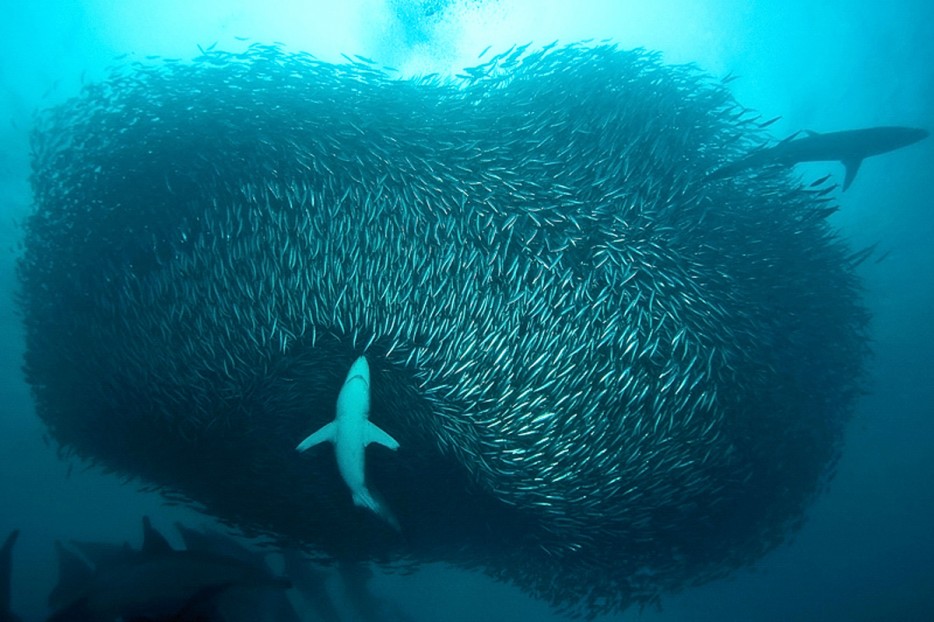
The sardine run occurs from May to July every year, when billions of sardines move from cooler waters at Cape Point towards the East coast of South Africa. Groups of sardines are so large that they can be spotted by satellites and often measure more than 5 miles long, 1 mile wide and 100 feet deep.
But what causes this incredible event? As the temperature of the water drops in the winter, sardines begin to migrate to warmer waters. They follow the cool Benguela Current from the Atlantic Ocean, and when it reaches Cape Point, it turns towards the East coast of South Africa. This current creates a feeding frenzy for predators, who wait for the sardines to arrive. Dolphins, whales, sharks and birds are just some of the animals that join in on the feast.
The sardine run is not only a spectacular sight, but it also plays a crucial role in the ecosystem. It brings nutrients from the deep ocean to the surface, providing a food source for a variety of marine life. It is a reminder of the incredible power of nature and its ability to create such an incredible event. So, if you have the chance, don't miss the opportunity to witness this natural wonder.
The flowering desert, Chile
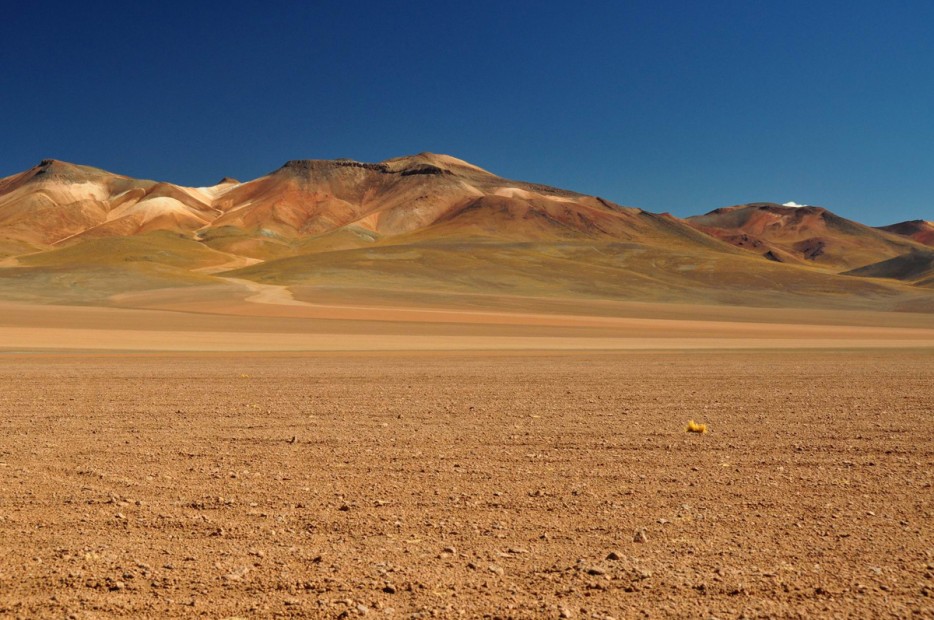
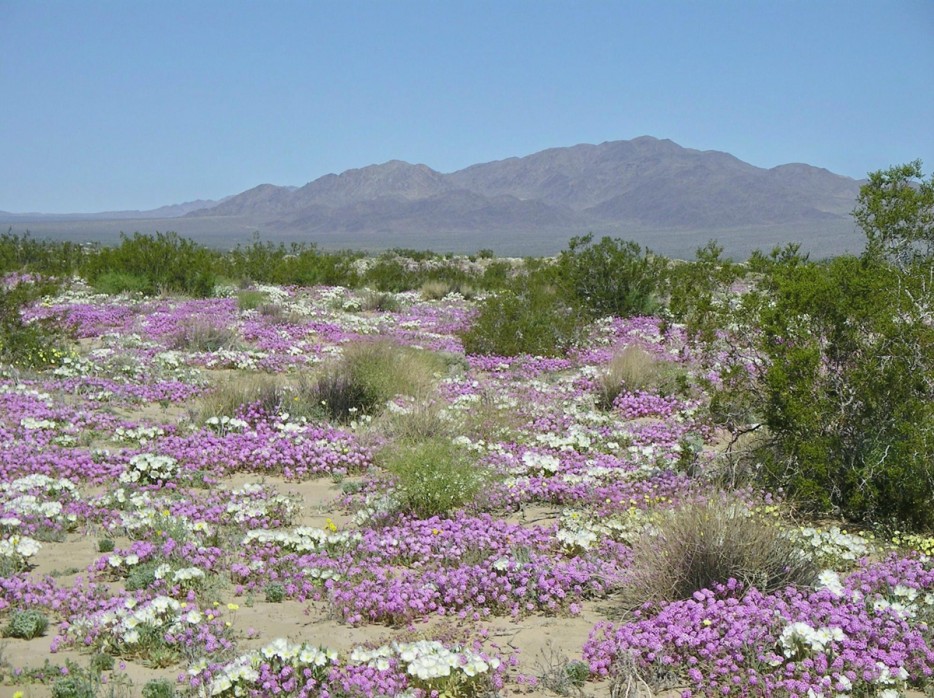
Nestled in the heart of the world's driest desert, the Atacama of Chile is a breathtaking natural wonder that transforms into a dazzling sea of colors every few years. A mesmerizing sight that lures visitors from far and wide, the "Flowering Desert" is an enchanting oasis where vibrant blossoms blanket the barren landscape in a surreal panorama of beauty.
The natural phenomenon is triggered by a rare meteorological event that floods the region with an unusual amount of rainfall, activating the dormant seeds hidden deep beneath the arid soil. In a spectacular display of nature's resilience, an array of indigenous plants and flowers erupts into full bloom, carpeting the desert floor in a vibrant tapestry of colors, from the vivid yellows of the Añañuca to the bright pinks and reds of the Copao.
Although the phenomenon lasts only a few weeks, it is a once-in-a-lifetime experience that attracts a plethora of travelers seeking to witness the natural spectacle. The flowering desert is a testament to the power of nature and an awe-inspiring sight that leaves a lasting impression on all who are fortunate enough to witness it.
Lenticular clouds
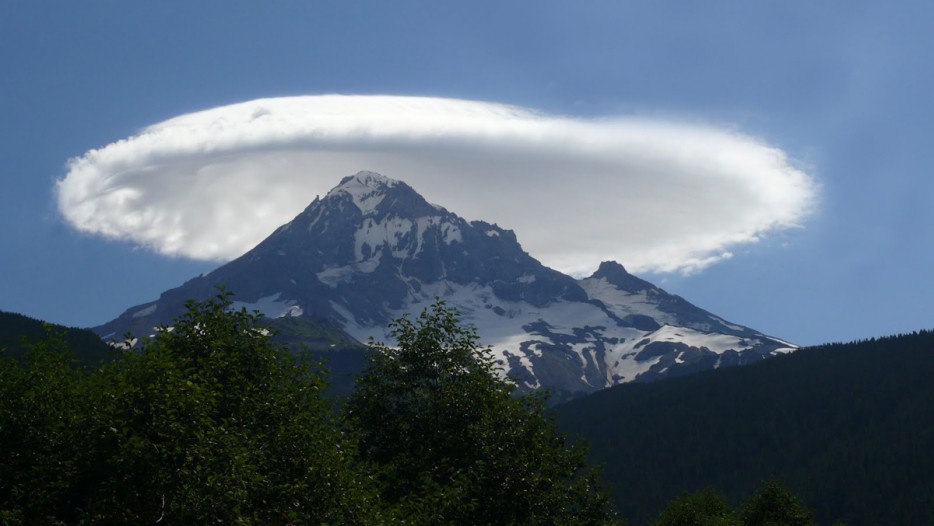
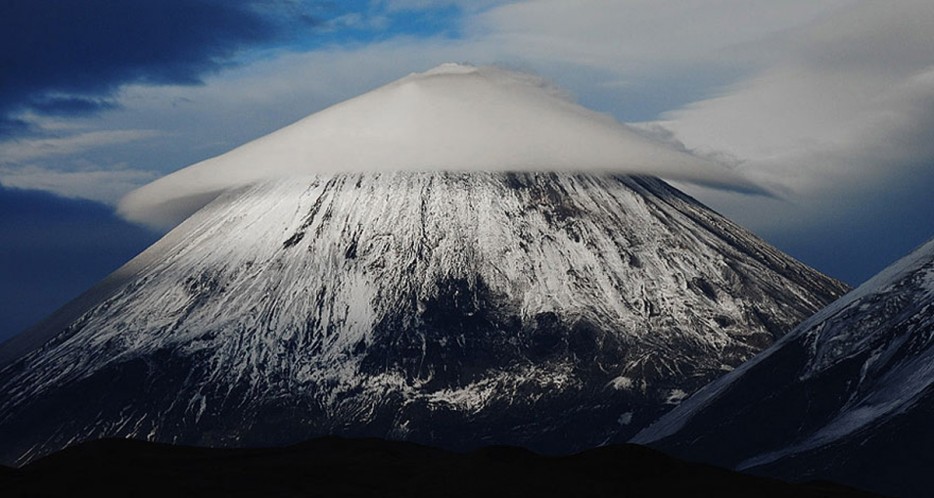
As if taken from a sci-fi film, lenticular clouds have been a source of mystique and fascination for travelers and locals alike. These optical illusions are formed by moist air as it rises and cools over a mountain, creating a series of cloud layers with a smooth, lens-like shape. They often appear stationary in the sky, adding to their otherworldly appeal.
But these formations aren't just a visual spectacle. Lenticular clouds are often a sign of strong winds aloft and can indicate turbulence for pilots. They are also important for atmospheric research, as they can provide information about the speed and direction of air currents in the atmosphere.
Whether you spot these clouds while hiking in the mountains or from the window of an airplane, take a moment to marvel at this natural phenomenon. You may even feel as though you've stumbled upon a secret extraterrestrial landing site, but rest assured, these clouds are simply a wonder of the natural world.
Red Crab migration, Christmas Island

In October and November, the 120 million crabs that call Christmas Island home begin a mass migration to the ocean in hopes of mating. For around 18 days every year, traffic is halted as the roads run red with crabs edging their way to the coast.
This epic event is part of the crab's life cycle, and a remarkable feat of nature's synchronicity. As the wet season approaches, the males start their march toward the ocean, followed by the females who lay their eggs in the sand. The crabs' massive movement plays a crucial role in the island's ecosystem, as they transport nutrients and aerate the soil. Their exodus to the ocean is also a significant source of food for various marine species, including fish and birds. This natural phenomenon is so important that the island's government has built special bridges, tunnels, and fencing to protect the crabs and ensure their safe passage.
Spotted Lake, Canada
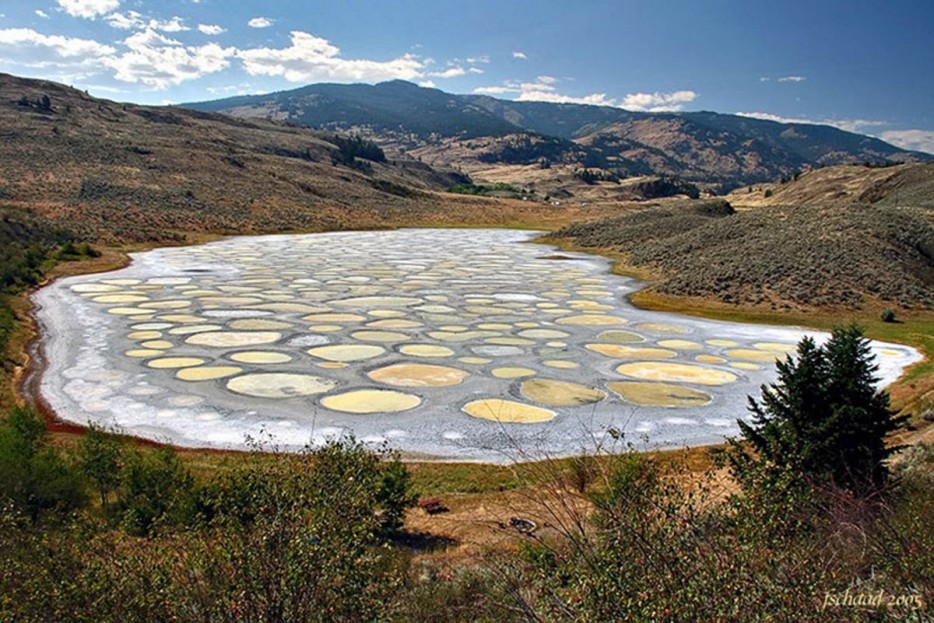
The Spotted Lake, situated in the scenic region of Osoyoos in British Columbia, is a natural wonder that has captured the imagination of travellers and scientists alike. The lake is famous for its unique appearance that resembles a mosaic of hundreds of lily pads. This is the result of the natural phenomenon that occurs when the water from the lake evaporates, leaving behind deposits of various minerals such as magnesium, calcium and sodium sulphates.
The Spotted Lake is also known for its unique coloring. Each circle on the lake has its own shade, ranging from pale blue to green to yellow, depending on the concentration of minerals present in it. In fact, the lake is so rich in minerals that it has been used for therapeutic purposes by the local First Nations people for centuries. They believed that the lake had healing properties that could help cure various ailments.
Despite its unusual appearance, the Spotted Lake is a testament to the fascinating and complex natural processes that occur in the world around us. It is an absolute must-see for anyone who is interested in nature and science and who wants to witness firsthand the awe-inspiring power of the natural world.
Frozen methane bubbles
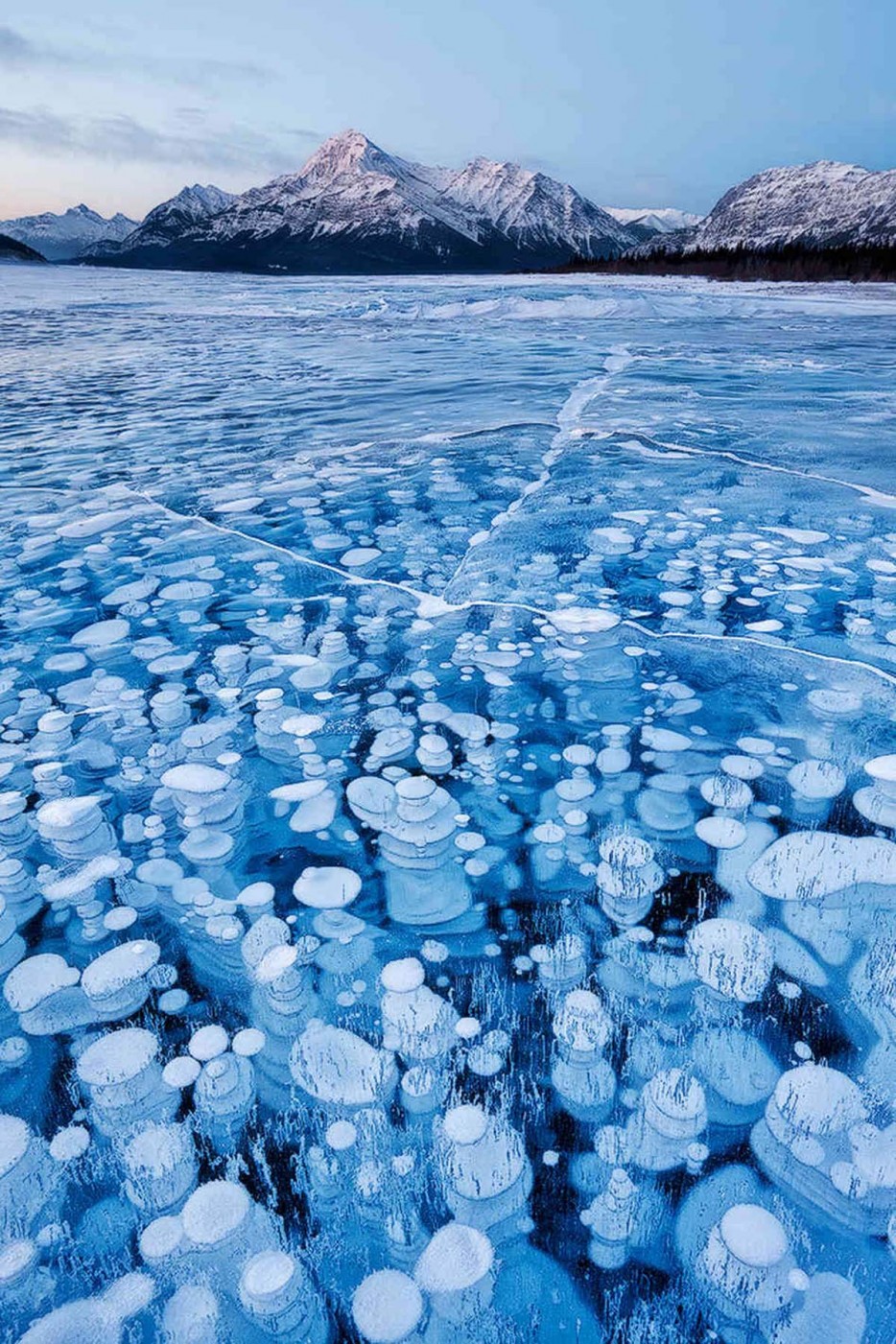
Nestled in the serene landscapes of Canada, lies a natural phenomenon that is as stunning as it is mysterious. Hidden beneath the icy waters of lakes in Alberta and the Northwest Territories, frozen methane bubbles dazzle the onlookers with their ethereal beauty. These bubbles are formed when decomposing organic matter settles at the bottom of the lake, providing the perfect habitat for bacteria to thrive. The bacteria break down the organic matter and release methane, which rises to the surface in the form of bubbles.
As the temperatures drop, these bubbles get trapped in the ice, giving birth to a spectacular sight. The methane bubbles are encased in crystal-clear ice, forming intricate patterns that resemble a glittering crystal chandelier. However, as mesmerizing as they may look, these bubbles are highly flammable, and lighting a match near them can cause a catastrophic explosion. Despite the danger, this natural phenomenon has become a popular attraction for tourists who flock to Canada in winters to witness the frozen methane bubbles in all their glory.
Fairy Circles, Namibia
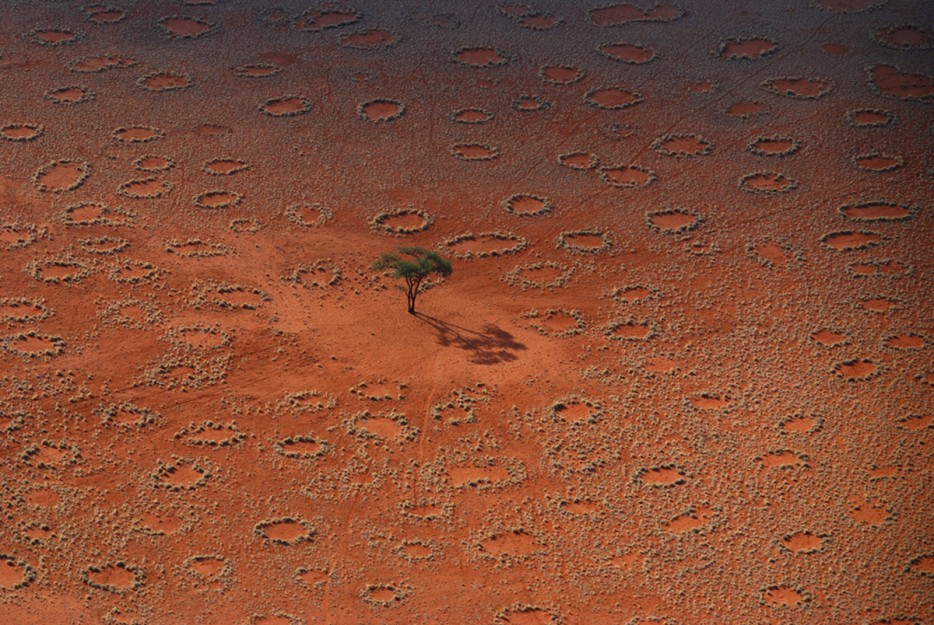
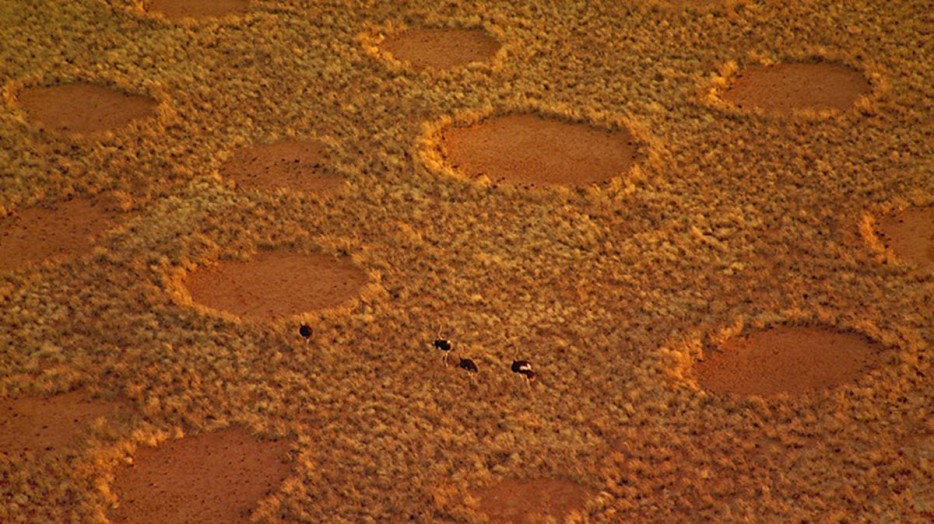
As you soar above the golden savannahs of Africa, you may notice a curious pattern of circular clearings interrupting the vibrant greenery below. These are the famed Fairy Circles of Namibia, a natural wonder that has puzzled scientists and intrigued travelers for decades.
Measuring up to 30 feet in diameter, these peculiar patches of barren soil stand out in stark contrast to the thriving vegetation around them. But what causes them? Some researchers attribute them to the activity of termites, who build underground tunnels that break up the soil and allow water to penetrate deeper. The termites then feed on the roots of plants, leaving the center of the circle devoid of any growth. Others suggest that the circles may be the result of underground fungal networks or even meteorological phenomena.
Despite ongoing debates, one thing is certain: the Fairy Circles remain a captivating sight to behold. Take a guided tour to learn more about the science behind these enigmatic formations, or simply enjoy the surreal landscape as you journey across this enchanting corner of the world.
Fields of Webs
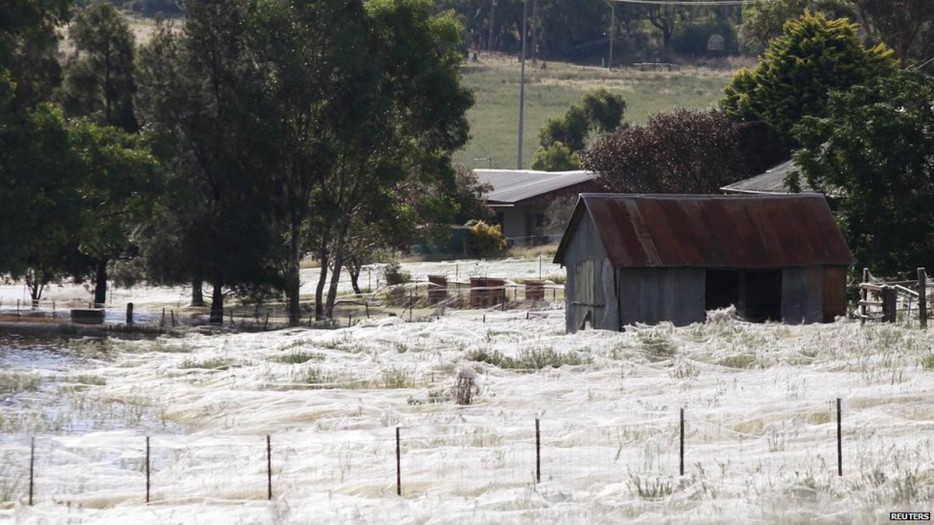
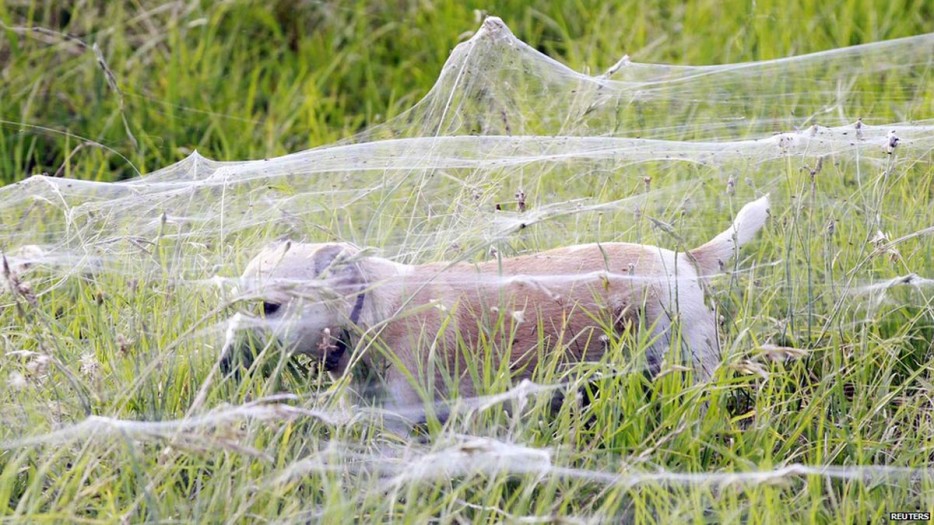
Yes, those are thousands of spider webs. These sprawling landscapes are a rare sight, where thousands of spiders migrate across the land and weave webs that blanket entire fields. But how and why do these arachnids embark on such a colossal undertaking?
The answer lies in survival. The fields of webs are created when spiders are forced to escape from floodwaters. In order to avoid drowning, spiders migrate in large groups and spin webs to create a safe haven. The result is a magnificent web-covered landscape that is both beautiful and eerie.
While it may be an incredible sight to witness, it's important to remember that these spiders are not harmful to humans. The fields of webs are a remarkable example of nature's adaptability and resilience in the face of adversity. So, next time you're in Australia, make sure to keep an eye out for these awe-inspiring fields of webs.
Blue holes
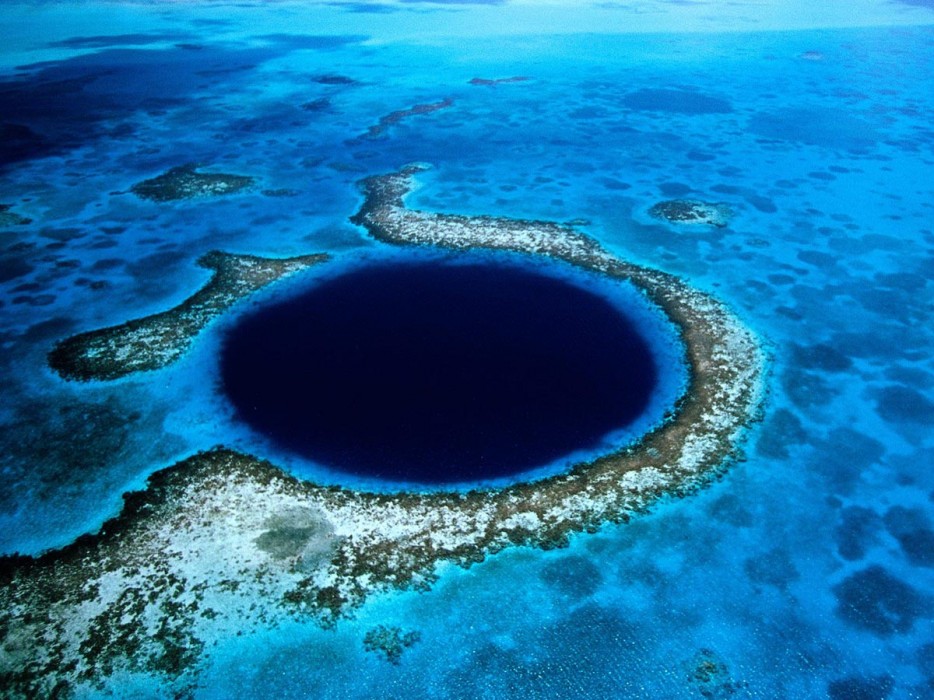
Deep in the crystal clear waters of the Bahamas, the mysterious blue holes await the curious adventurer. These natural phenomena are unlike anything you've ever seen before. From above, they appear as dark circles amidst the turquoise sea, but as you dive deeper, the true marvel of their beauty unfolds.
But what is a blue hole, you ask? Scientifically, these underwater caves were created during the last ice age when the sea level was much lower than it is today, exposing the seafloor to the elements. Over time, erosion caused these massive holes to form, and when the sea level rose again, they were filled with water. The resulting effect is a stark contrast between the vibrant blue of the surrounding water and the dark depths of the blue hole.
Aside from their stunning beauty, blue holes are also home to a wide variety of marine life. Diving into these underwater caves can be a thrilling experience as you explore their depths and discover the unique flora and fauna that thrive in this underwater world. So why not take the plunge and discover the awe-inspiring beauty of these natural wonders?
Bioluminescent wave
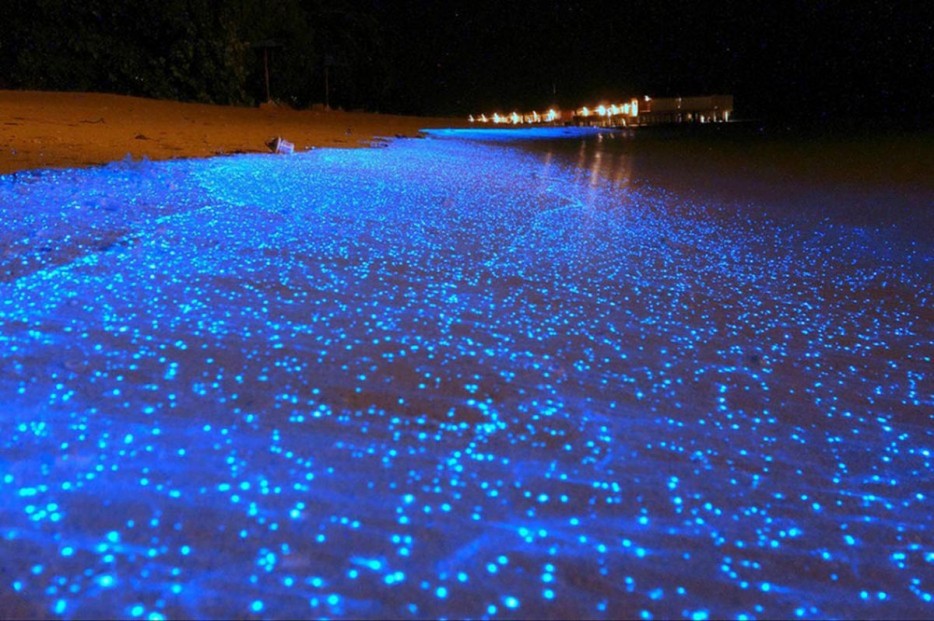
Imagine standing on the edge of the ocean and witnessing a natural phenomenon that looks like it came straight out of a sci-fi movie. This otherworldly experience is caused by bioluminescent phytoplankton, a type of marine microbe that glows in the dark, and is creating waves that sparkle like stars. The result is a mesmerizing light show that shimmers across the shoreline in a dazzling display.
The science behind this spectacular sight is that bioluminescent phytoplankton produce a chemical reaction in their cells that produces light when the water is disturbed, creating a glowing effect. The spectacle is at its most spectacular when there is a high concentration of these microbes in the water. In addition, the waves and tides that come with the changing of the tides can enhance the visual impact of the bioluminescence, creating a scene that is sure to leave you in awe.
Mammatus cloud
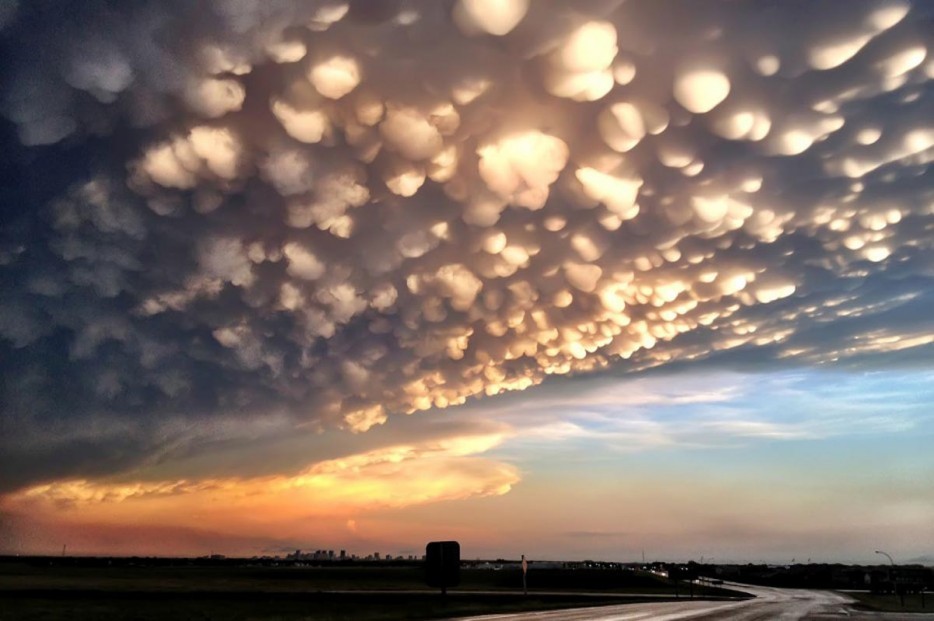
These pouch-like structures gracefully hang underneath the base of a cloud and appear to be suspended in mid-air. Occurring only rarely, the clouds are the result of the complex interplay between differing levels of moisture in the air and clouds. The denser cloud that holds more moisture sinks below the lighter cloud, creating the characteristic pouches.
The clouds are a marvel of nature and are often seen before or after a storm, adding to their mystique. Although mammatus clouds have been associated with severe weather conditions, they are not necessarily an indication of impending danger. Rather, they are a beautiful reminder of the intricacies of the natural world, where even the smallest interactions can create such remarkable and awe-inspiring results. It is a testament to the beauty of our planet and the fascinating science behind it.
Underwater rivers
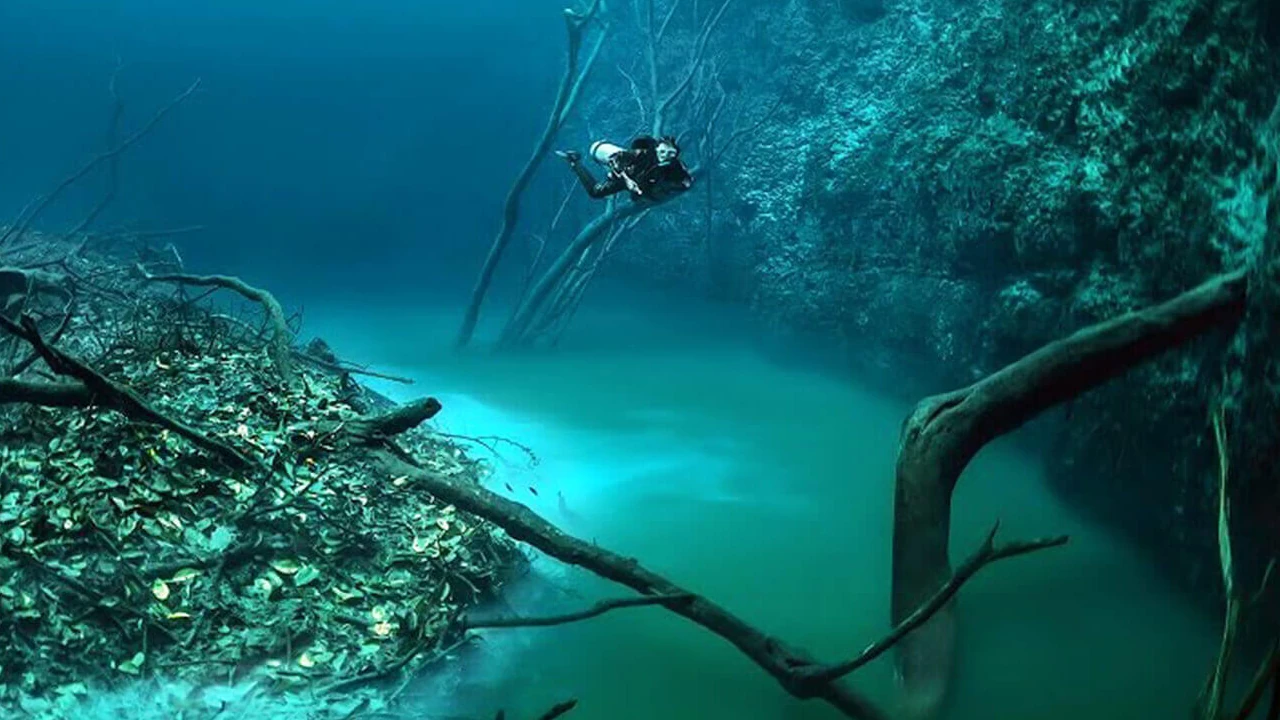
Witness the enchanting beauty of Cenote Angelita in Mexico, where divers are awestruck by the sight of a river flowing deep beneath the surface. How could a river exist below the ocean floor, you may wonder? The answer lies in the composition of the water.
An underwater river is formed when a denser substance, such as hydrogen sulfide, is introduced to a body of water and settles at the bottom, creating a distinct flow. This unique phenomenon has created some of the most beautiful dive sites in the world, where visitors can swim through the mystical river and witness the surreal experience of diving below the river's surface.
As the hydrogen sulfide separates from the water above it, the underwater river becomes a separate body of water with its own distinct ecosystem. Divers who venture into these underwater rivers have the chance to witness unique aquatic life and geological formations, making it an unforgettable experience for any adventurer seeking a one-of-a-kind natural wonder.
Calcifying lakes
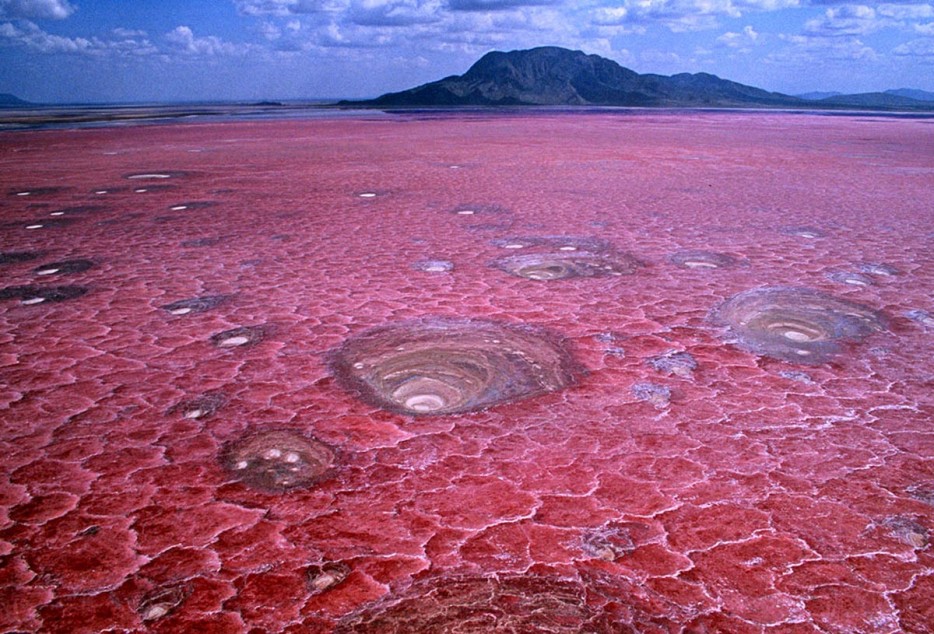

Salt-rich bodies of water are the secret behind this bizarre occurrence, causing an instant petrification of animals who enter the water. While the idea may seem like a myth or a tale from ancient folklore, it is indeed a natural occurrence that continues to baffle researchers and onlookers alike.
The reason behind this unique phenomenon lies in the high concentration of dissolved minerals found in the water. These minerals, such as calcium and magnesium, accumulate over time, forming layers of sedimentary rock that gradually harden. When animals venture into the water, their bodies are quickly coated with a layer of minerals that hardens within minutes, creating a hauntingly beautiful, but also tragic, display of petrified life.
Green flash sunsets and sunrises
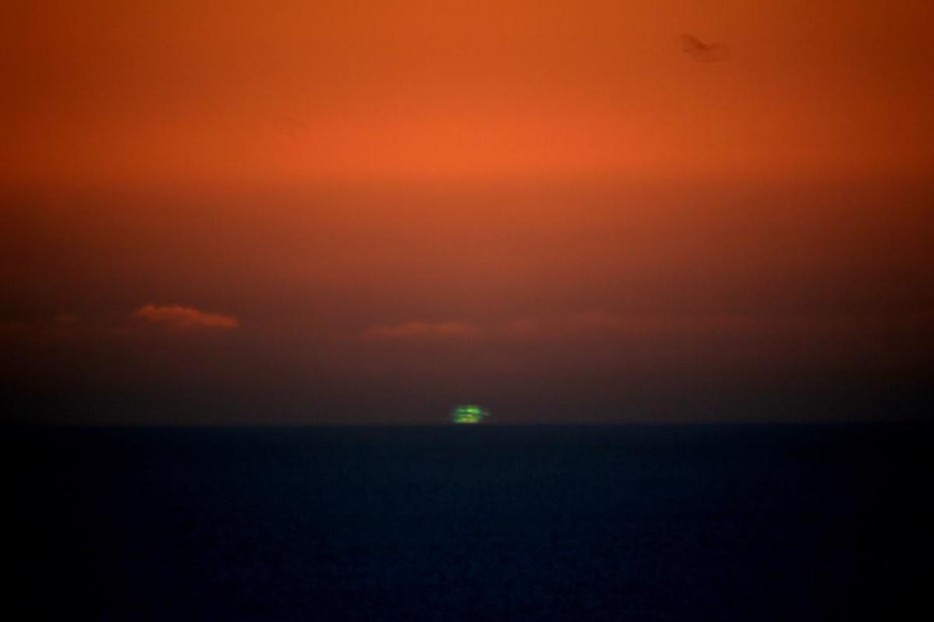
A breathtaking sight for those lucky enough to witness it, green flash sunsets and sunrises are a natural phenomenon that can only be observed during specific meteorological conditions. As the sun begins to set or rise, its rays refract and bend, resulting in a spectrum of colors. However, if the conditions are perfect, the last or first glimpse of the sun appears as a stunning emerald flash that lasts only a few seconds.
This natural spectacle has been the subject of legends and tales for centuries, and it is still a remarkable event to see for any traveler. Though it is a rare occurrence, it is most often seen in places with a clear, unobstructed view of the horizon. Science explains that the green color of the flash is due to the bending of light in the atmosphere, which causes a momentary separation of colors.
Asperatus clouds
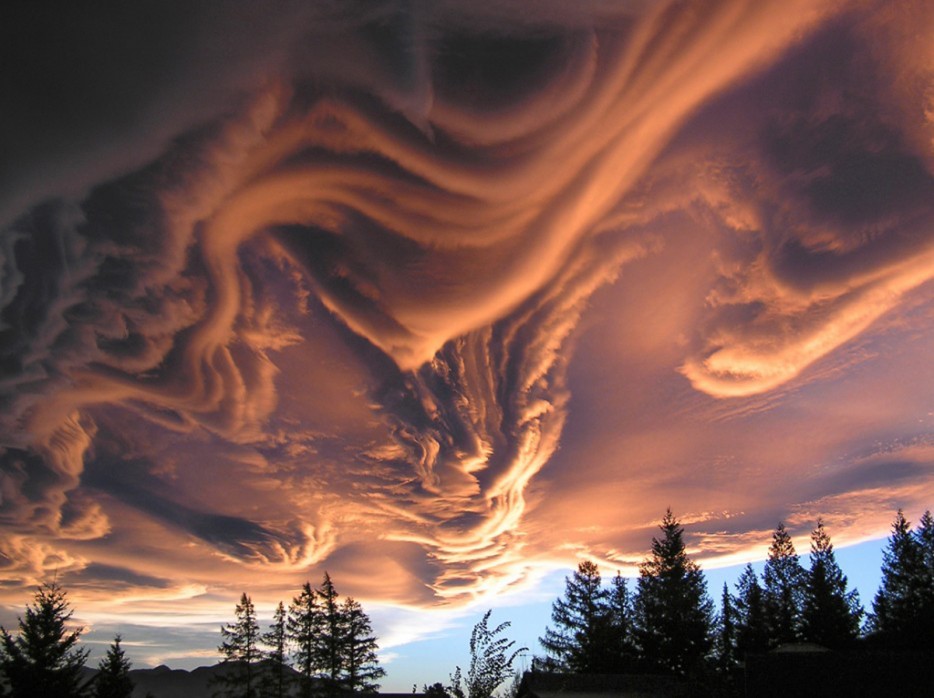
Asperatus clouds are so rare that they were only officially classified as a new cloud type in 2009, making them one of the newest additions to the cloud family. They have an undulating and chaotic appearance that almost resembles a turbulent sea or a stormy sky. This is because Asperatus clouds are formed when air currents collide, causing the clouds to take on these distinctive wave-like formations. Although we know little about their formation and behavior, scientists continue to study Asperatus clouds to better understand this incredible natural phenomenon.
Horsetail Fall, California
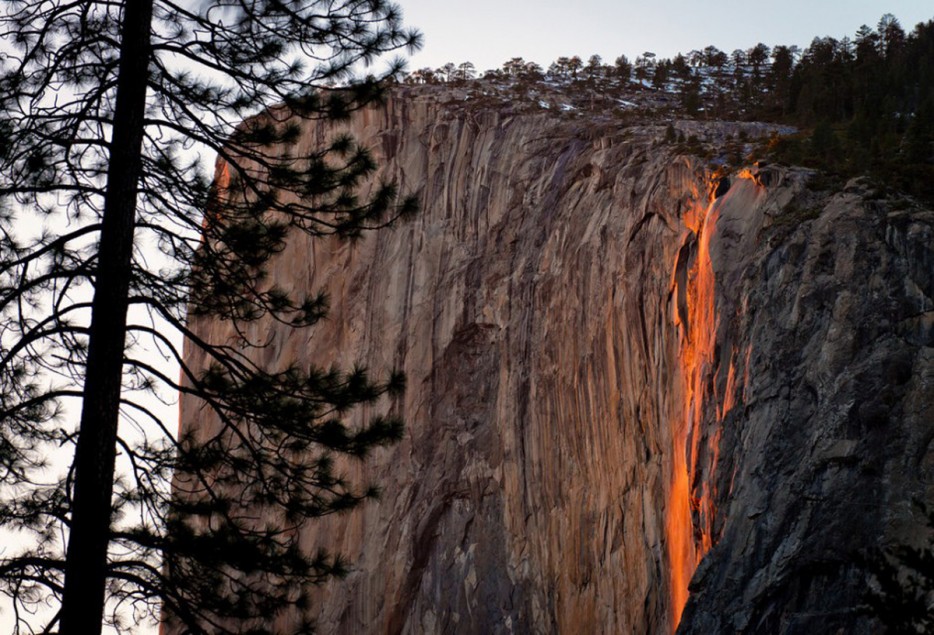
Horsetail Fall, a seasonal waterfall that cascades down the side of the iconic El Capitan, is a spectacle that captures the imagination of all those who bear witness to its breathtaking beauty. But the true magic of this marvel lies in the fact that for a brief period in February, the waterfall catches the light of the setting sun and transforms into a fiery orange, resembling a molten lava stream. If the sun's angle is too high or too low, the waterfall won't turn orange. However, when everything falls into place, the sight is truly unforgettable, an experience that will live on in travelers' memories forever.
The Gateway to Hell, Turkmenistan
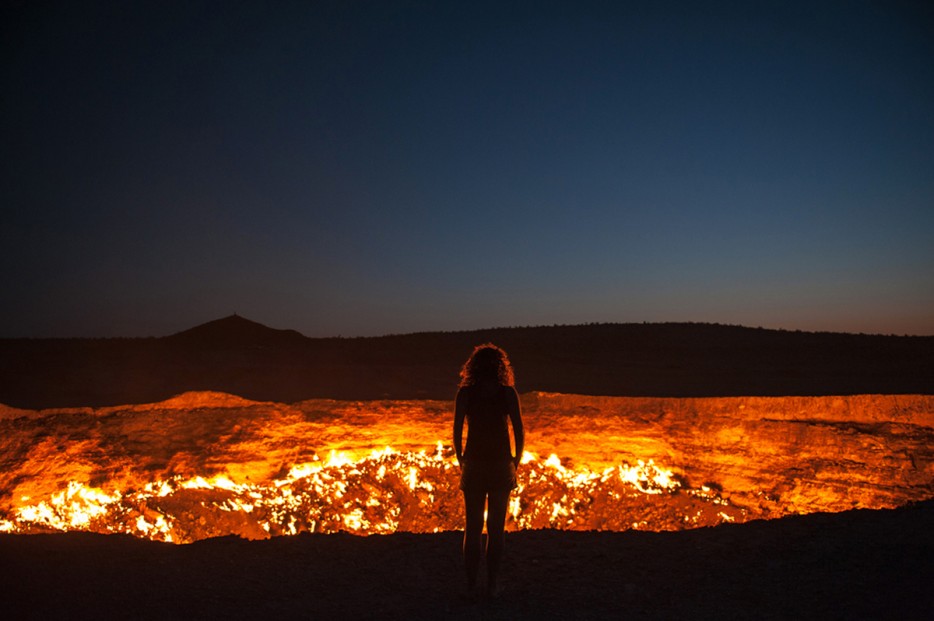
In the heart of the Karakum Desert lies a fiery pit that has been burning since 1971, with no signs of stopping. The burning crater emits a glow that can be seen from miles away, and the heat it produces can be felt from over 100 feet away.
The natural phenomenon is caused by a buildup of natural gas beneath the Earth's surface, which escapes through cracks in the rocks. When the gas meets the air, it ignites, producing an endless stream of flames. Interestingly, this is not an uncommon occurrence, and there are similar natural gas vents around the world, including in Iraq and Azerbaijan.
Despite the otherworldly appearance of the Gateway to Hell, it is a result of a natural process that has been happening for thousands of years. The site attracts curious tourists from around the world, who are mesmerized by the blazing pit and the stunning night sky it illuminates. It's an incredible reminder of the raw power of the Earth and a testament to the timeless forces that shape our planet.
Volcanic lightning
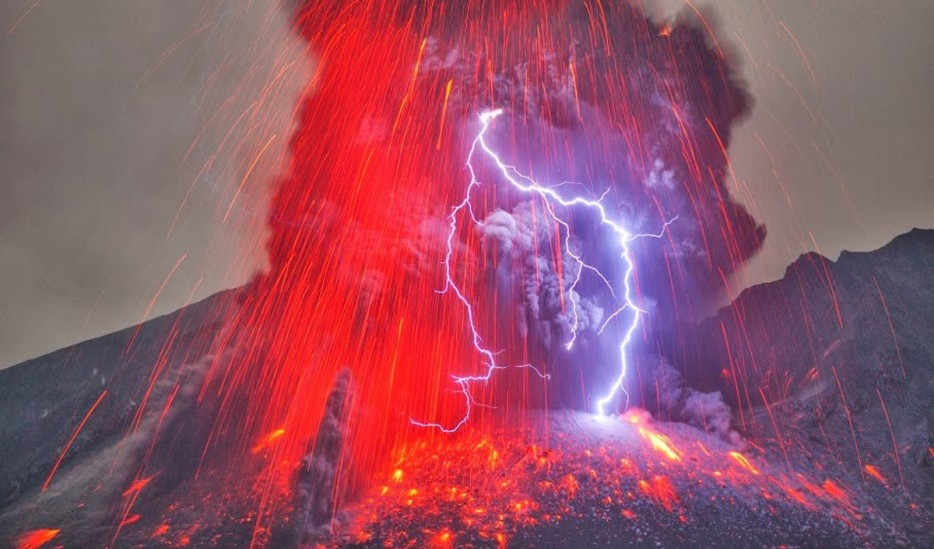
When it comes to dramatic natural phenomena, few things can compete with the awe-inspiring sight of volcanic lightning. This rare and striking phenomenon occurs when immense volcanic plumes release massive amounts of electrical charge and static, causing an intense lightning storm to spark to life.
The science behind this incredible sight is as fascinating as it is dangerous. When volcanoes erupt, they release hot ash, dust, and gases, all of which can create friction and build up a significant static charge. As this charge continues to build, it can eventually discharge in a brilliant display of lightning that illuminates the sky.
Striped icebergs, Antarctica
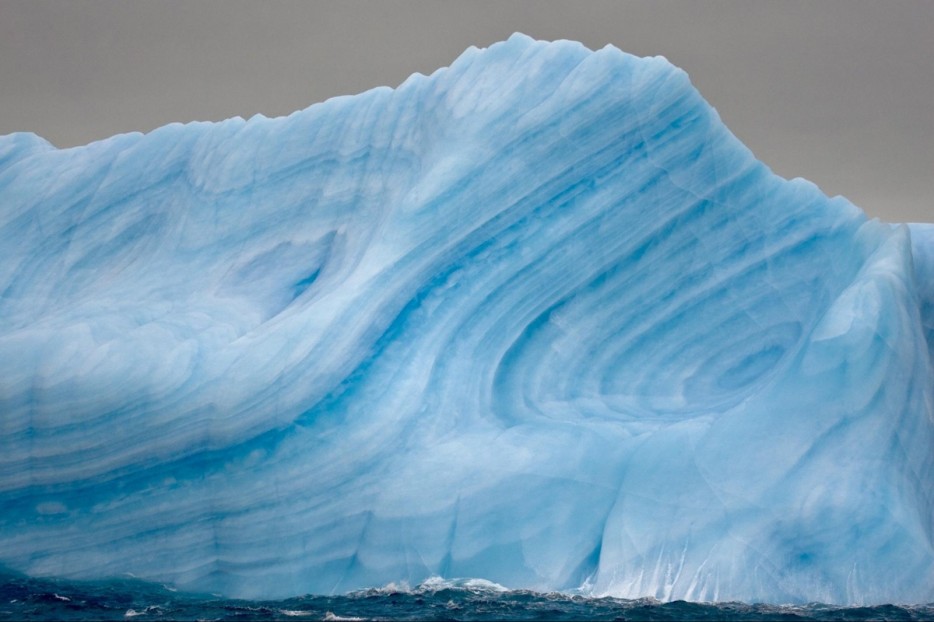
Antarctica's icy behemoths, which can tower up to hundreds of feet tall, are adorned with elegant blue, green, brown, black, and yellow stripes that give them an otherworldly appearance. But how do these striking hues come to be?
The blue stripes, which are the most common, are formed when a crevice in the iceberg fills with water that freezes rapidly, preventing any air bubbles from forming. On the other hand, green stripes are often caused by algae that latches onto the iceberg as it tumbles into the sea. Meanwhile, brown, black, and yellow stripes are the result of sediment and debris that become embedded in the ice as the iceberg travels down hills and into the ocean.
Frost flowers
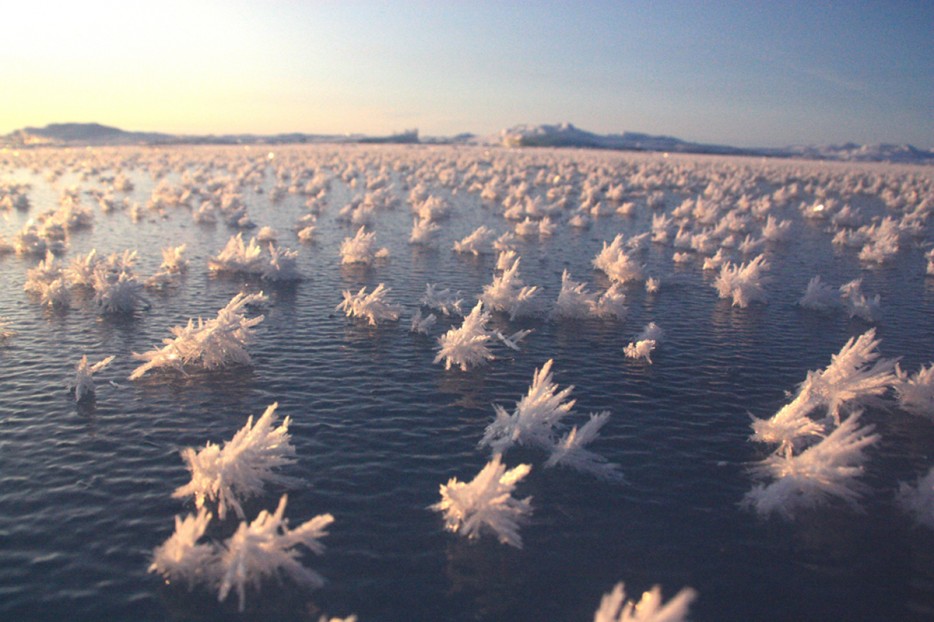
Travelers to the Arctic regions may have the chance to witness an extraordinary natural phenomenon: frost flowers. These delicate and intricate ice formations resemble a bed of flowers that blooms on the surface of thin sea ice, transforming the stark Arctic landscape into a magical garden. The delicate petals of these flowers are made of ice crystals, formed when the temperature of the surrounding air is much colder than the underlying ice.
Frost flowers are a result of a complex interplay between temperature and humidity. When the warm, moist air from the ocean meets the extremely cold, dry air above the ice, the moisture freezes and creates these stunning ice formations. Despite their beauty, frost flowers are short-lived and fragile, melting away quickly when exposed to sunlight or warmer air. This rarity only adds to the wonder of this incredible natural phenomenon, which provides a window into the extraordinary complexity of the Arctic environment.
Snow chimneys
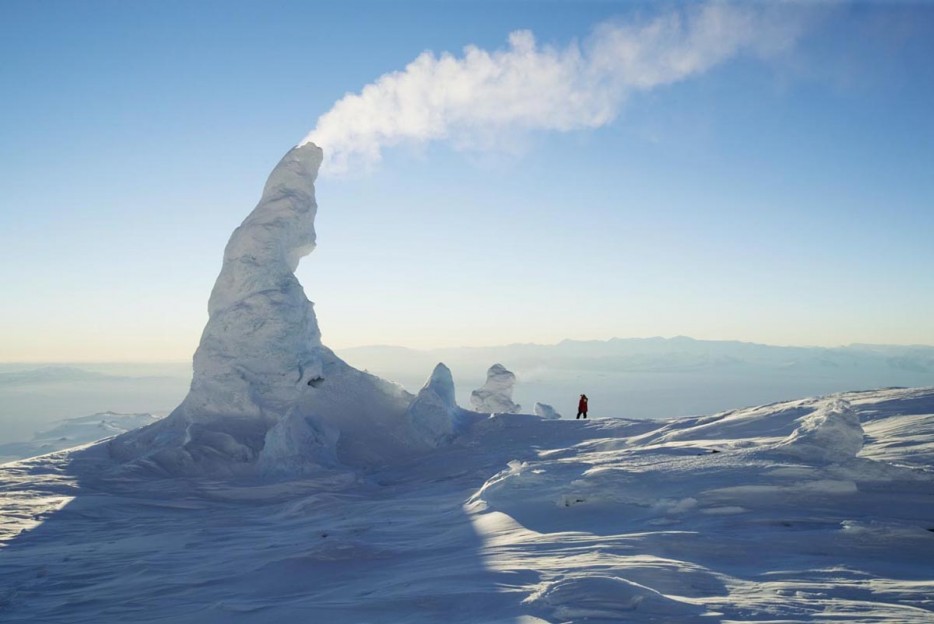
These towering, icy formations are created by the combination of volcanic activity and freezing temperatures. From beneath the earth's surface, fumaroles release steam and gases, which immediately encounter the frigid Arctic air. As the steam rapidly cools and freezes, layer upon layer of snow and ice accumulate around the vent, eventually forming a cone-shaped chimney that can reach towering heights of up to 50 feet.
Light pillars, Russia
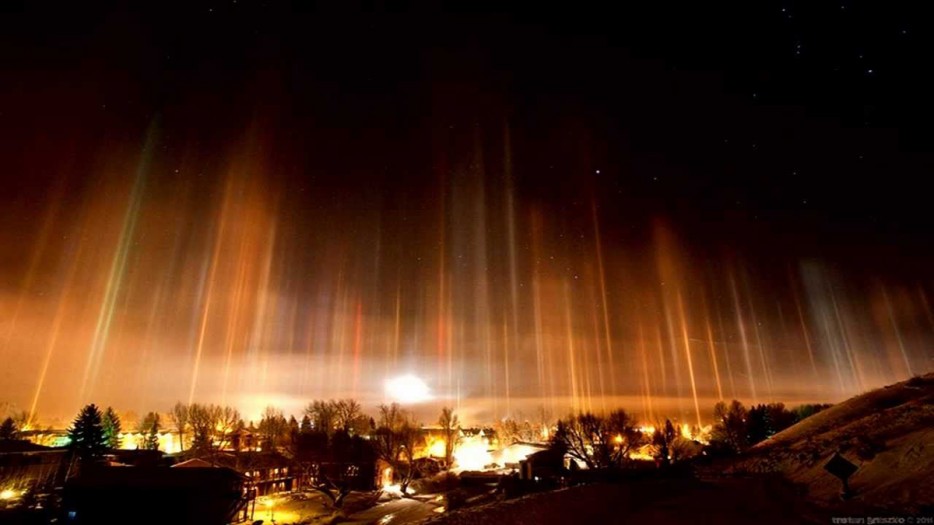
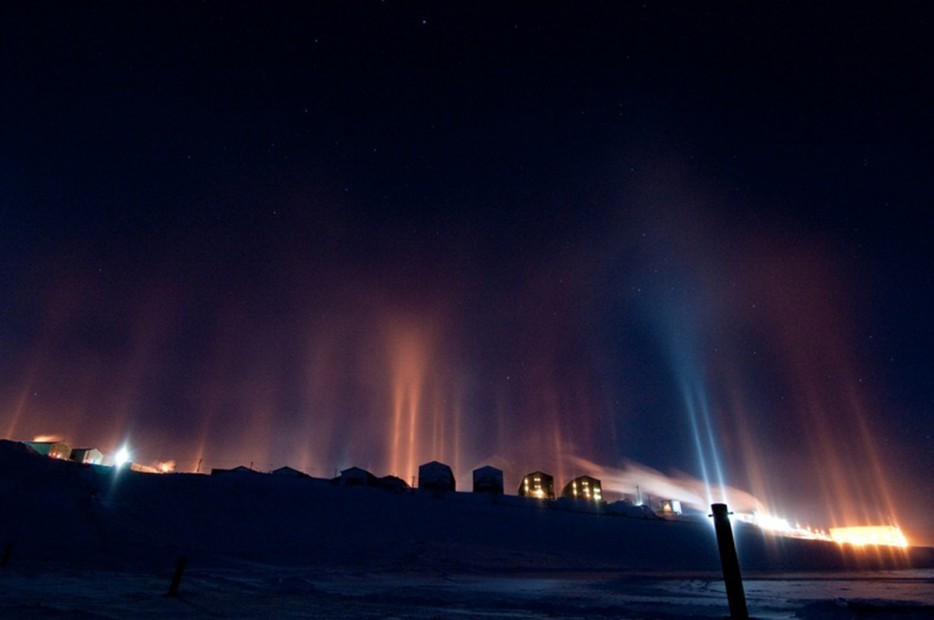
One of the most captivating natural phenomena that can be witnessed in frigid latitudes are the mesmerizing Light Pillars. These dazzling vertical beams of light extend high up into the sky, creating a breathtaking display that seems almost otherworldly. The phenomenon occurs when the natural light of the sun, moon, or even artificial light, reflects off millions of tiny ice crystals, which are mostly flat and smooth, creating a stunning illusion.
To witness this incredible display of nature, head to the coldest regions of Russia where the temperature drops to -30°C. As the light passes through the frozen atmosphere, it refracts, and reflects in all directions, creating a radiant pillar of light. The Light Pillars come in various colors and sizes, ranging from pale pink to vibrant orange, and can be seen dancing in the sky for minutes or even hours.

